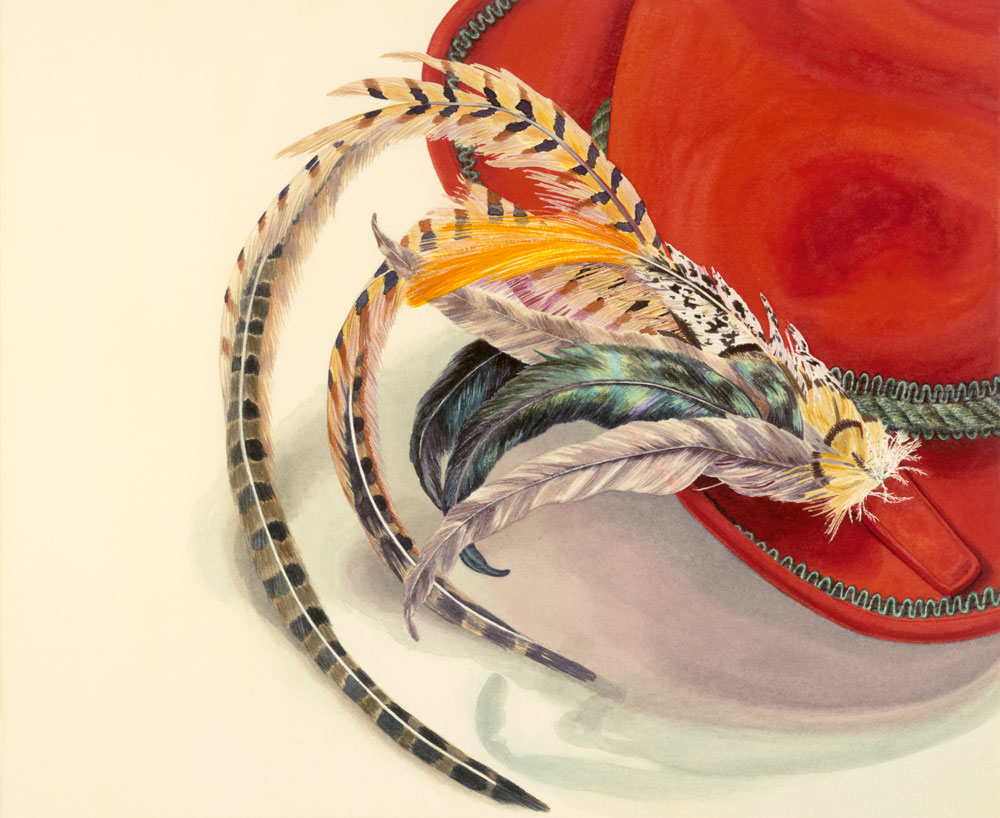1978 - 11" x 14" - India Ink, Bristol Board
While studying the art of the European Bronze and Iron Ages, I noticed how my books praised the workmanship of certain pieces, and I could see that the detail and ornamentation had taken great skill. I wondered at the superstition that must have been a part of life to these peoples as they tried to stay alive and prosper; tried to find control over the capricious temperament of Nature. Images swirling through my head, I began to create drawings with Iron Age imagery connected by large shapes of stark black and pristine white. Other areas move with the effects of repeated lines, stippled or solid. Isn’t that excellent how repeated lines (or dots) can have so much visual impact? Curling, oozing, swaying, rounding, bulging…
Now don’t freak. The figure on the left is said to be a bronze fibula brooch made and given to the dead; found in a grave. The figure on the right (which I really REALLY wanted to think of as a dragon) is probably a dog. Here’s what my book says: “The handle beasts, dogs rather than wolves, are the most nomadic of all the animals in early Celtic art…” So, really, let’s have some respect for dogs. Anyway, it’s the handle of a bronze flagon. Cool, right?
Reference:
See image #31 (Bronze fibula brooch) and #60 , ART OF THE EUROPEAN IRON AGE: A study of the elusive image by J.V.S. Megaw, Harper & Row Publishers, New York and Evanston, © 1970 by J.V.S. Megaw, First U.S. Edition

